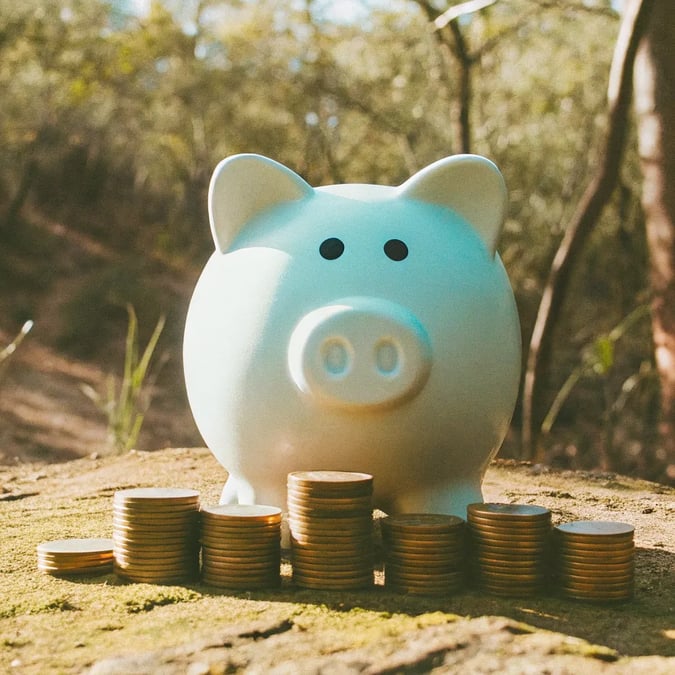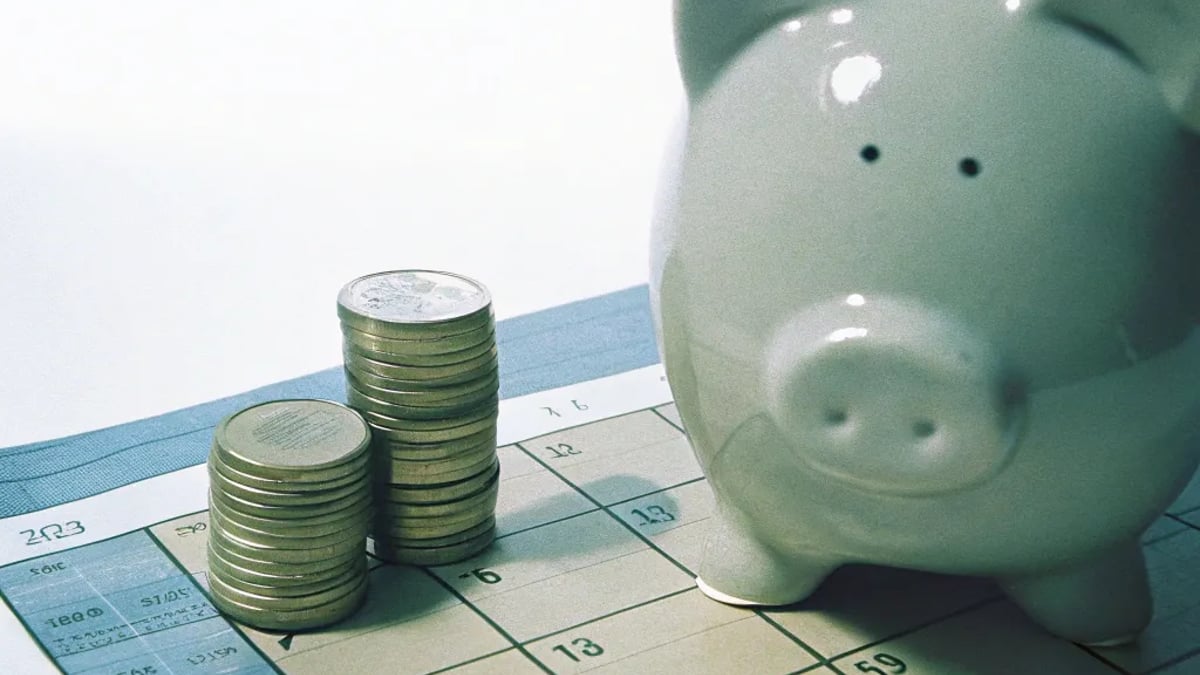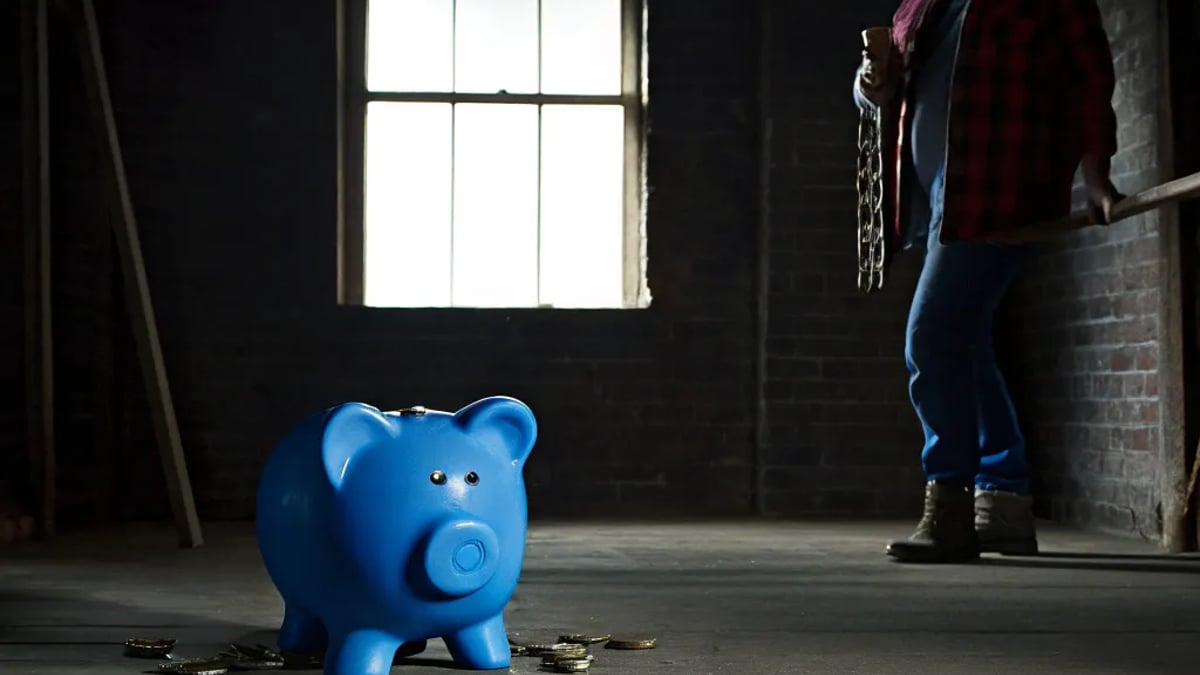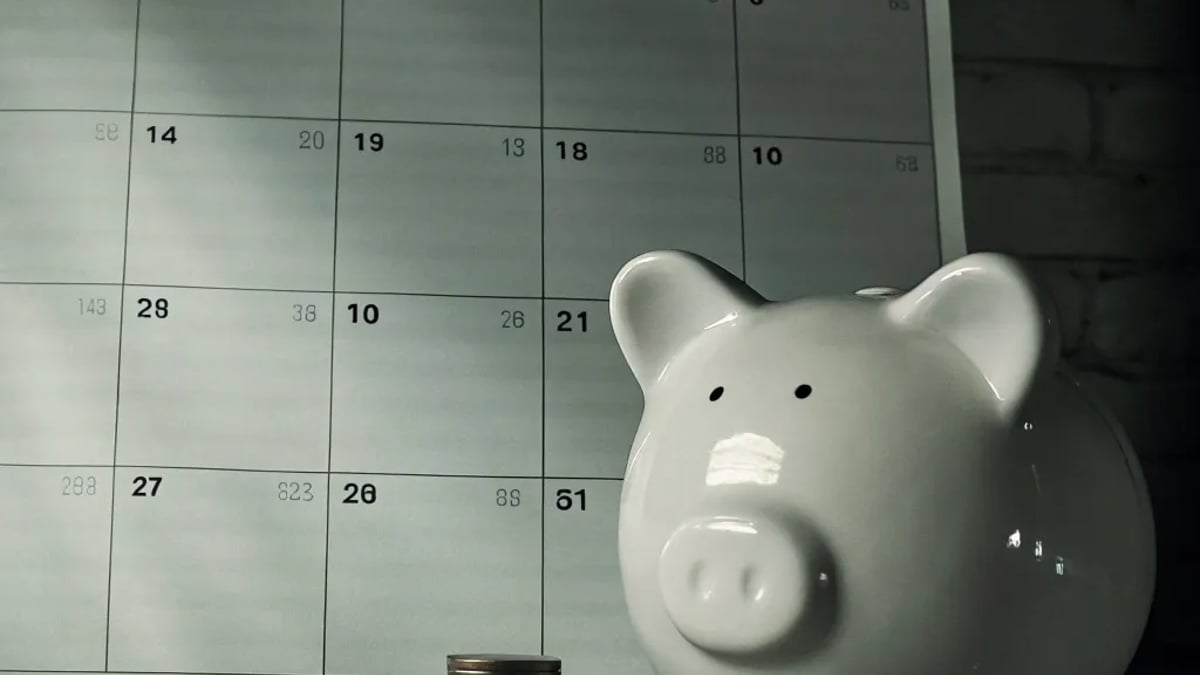
Life has a funny way of throwing unexpected expenses at us when we least expect them. From sudden car repairs to medical emergencies or job loss, these financial surprises can quickly derail your budget and lead to debt if you're not prepared. That's where an emergency fund comes in—a financial cushion that provides peace of mind and stability during uncertain times.
What Exactly Is an Emergency Fund?
An emergency fund is money specifically set aside to cover unexpected expenses or financial setbacks. Think of it as your personal financial insurance policy—it's not for vacations, planned purchases, or regular bills. It's strictly for genuine emergencies that you couldn't possibly predict.
According to Morgan Stanley, emergency funds are specifically designed for unexpected costs like medical bills, home repairs, or periods of unemployment. Having this dedicated money separate from your regular accounts helps prevent the need to rely on high-interest credit cards or loans during tough times.
How Much Should You Save?

Financial experts typically recommend having 3-6 months' worth of essential living expenses saved in your emergency fund. This includes:
- Housing (rent/mortgage)
- Utilities
- Food
- Insurance premiums
- Minimum debt payments
- Other necessities
The exact amount varies based on your personal situation. If you have a stable job in a secure industry, you might aim for the lower end of the range. Those with variable income, dependents, or jobs in volatile industries might want to save closer to six months of expenses.
Creating Your 6-Month Emergency Fund Plan
Step 1: Calculate Your Monthly Essential Expenses
Start by determining exactly how much you need each month for necessities. Review your bank and credit card statements from the past few months and categorize your spending.

Jane, a marketing professional in Chicago, discovered her essential monthly expenses totaled $3,200. This meant her six-month emergency fund goal was $19,200—a number that initially seemed overwhelming.
Step 2: Set a Realistic Monthly Savings Target
To build your fund in six months, divide your total goal by six. This becomes your monthly savings target.
For Jane, this meant aiming to save $3,200 per month ($19,200 ÷ 6). That was too aggressive for her budget, so she extended her timeline to 12 months, making her monthly target a more manageable $1,600.
Your timeline might need adjustment based on your financial situation. The six-month timeframe works well for many people, but it's okay to extend it if necessary.
Step 3: Create a Separate, Accessible Account

Where you keep your emergency fund matters. You need an account that's:
- Easily accessible in true emergencies
- Separate from your regular checking account
- Earning some interest, if possible
High-yield savings accounts at online banks often offer better interest rates than traditional banks while still providing quick access to funds when needed. According to Vanguard, keeping your emergency fund separate from regular accounts helps reduce the temptation to dip into it for non-emergencies.
Step 4: Automate Your Savings
Automation is your best friend when building an emergency fund. Set up automatic transfers from your checking account to your emergency fund right after payday.
"When I tried to manually transfer money to savings each month, I often found excuses not to do it," says Michael, a software developer who successfully built his emergency fund last year. "Once I automated a $500 weekly transfer, the money was gone before I could spend it, and my fund grew without requiring willpower."
Step 5: Find Extra Money to Accelerate Your Progress
To reach your six-month goal, you'll likely need to find additional ways to save:
- Temporarily reduce discretionary spending (dining out, entertainment)
- Consider a side hustle or part-time job
- Sell items you no longer need
- Redirect bonuses, tax refunds, or gifts to your emergency fund
A Reddit user in r/personalfinance shared how they reached their six-month emergency fund goal by delivering food on weekends for four months, generating an extra $800-1,000 monthly that went directly to savings.
Step 6: Protect Your Fund from Yourself
The hardest part of building an emergency fund is often resisting the urge to use it for non-emergencies. Be clear about what constitutes a true emergency versus an inconvenience or a want.
PNC Insights suggests writing down your emergency fund "rules" and keeping them with your financial documents. This helps create a psychological barrier to inappropriate withdrawals.
What Happens After You Reach Your Goal?
Once you've successfully built your emergency fund, don't stop saving altogether. Consider:
- Redirecting your savings toward other financial goals like retirement or debt repayment
- Building a separate "opportunity fund" for positive unexpected events
- Continuing to add small amounts to your emergency fund to account for inflation
When Should You Use Your Emergency Fund?
This is perhaps the most common question people have. Your emergency fund should only be used for:
- Job loss or significant income reduction
- Medical or dental emergencies
- Critical home repairs (broken furnace, leaking roof)
- Essential car repairs
- Family emergencies requiring travel or time off work
Regular car maintenance, annual insurance premiums, or holiday shopping aren't emergencies—these should be part of your regular budget or sinking funds.
Building an emergency fund in six months requires discipline and sometimes sacrifice, but the financial security it provides is invaluable. Start today, even if you can only save a small amount. Every dollar in your emergency fund is a step toward financial resilience.
Disclaimer: This information is provided for educational purposes only and should not be considered financial advice. Your financial situation is unique, and you should consult with a qualified financial professional before making significant financial decisions.
Tags

About Evan L. Chamberlain the Author
Evan L. Chamberlain is a seasoned personal-finance strategist with over 15 years of experience in helping individuals maximize their savings and efficiently manage debt. His approachable insights on budgeting and investment have empowered thousands to take control of their financial futures.
Recommended Articles
AI tool to research Home loans
Discover how AI tools are revolutionizing home loans, making it easier for buyers to find tailored mortgage options effortlessly.
Top Walking Routines for Seniors With AFib
Discover effective walking routines for seniors with AFib to improve health and wellbeing through gentle exercises tailored to individual fitness levels.
Returned Amazon Items: What Buyers Should Know
Navigate the complexities of returned items on Amazon. Learn about conditions, policies, and tips for savvy bargain shopping.
How to Find Walmart Recliner Chair Clearance Deals
Discover top tips for finding Walmart recliner chair clearance deals, maximizing savings while enjoying comfort and style in your home.
What Most People Get Wrong About Treating Dry Eyes
Explore common misconceptions about treating dry eyes. Get a comprehensive guide on effective strategies and debunk prevalent myths.




